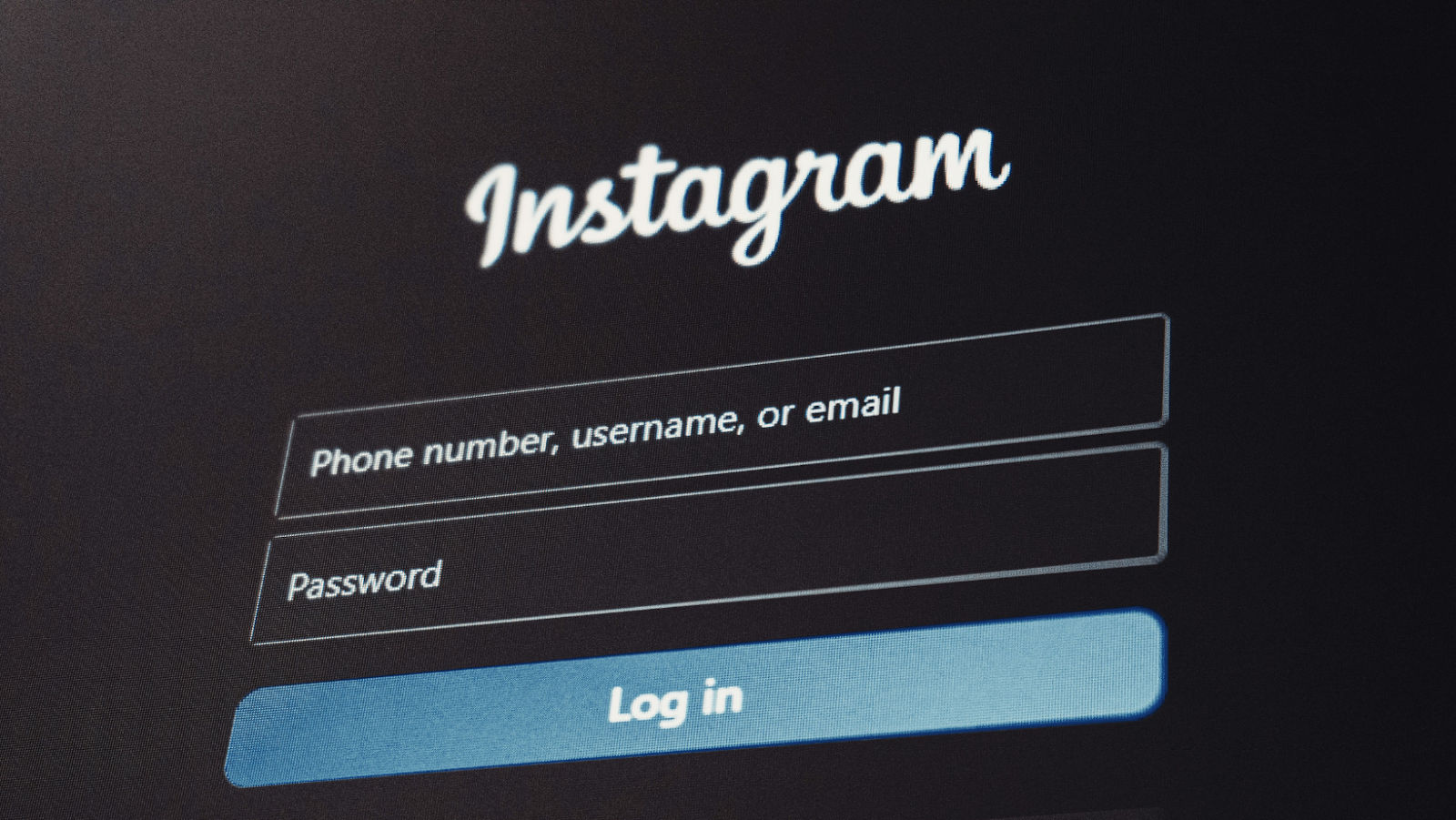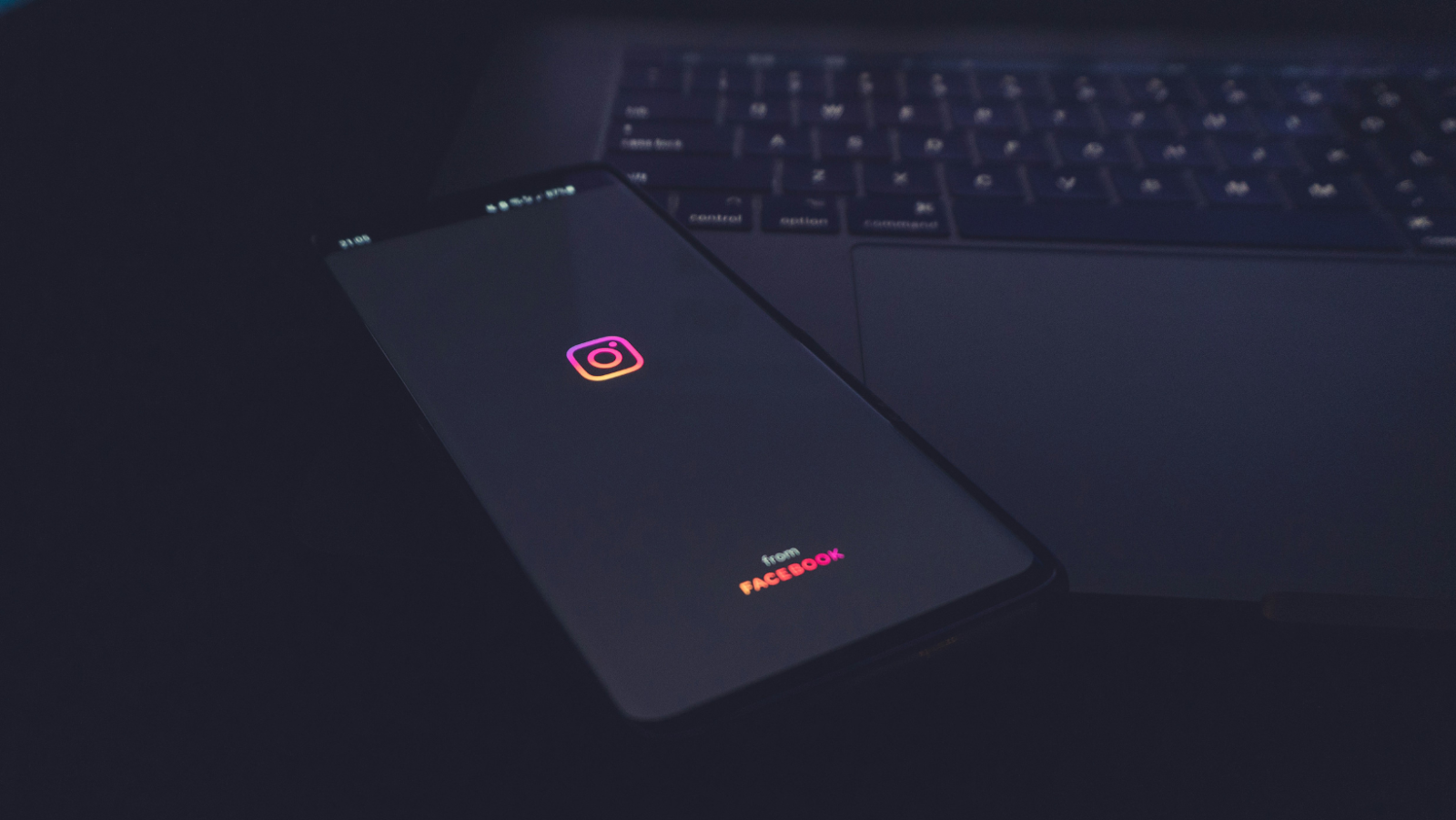What you need to know about Instagram scams and keeping your account safe and online, including how to prevent scams, and what to do if they happen.
You go to your social media feed to discover, escape, relax, and unwind… but the rise of scammers has made the casual scroll much more difficult.
It’s estimated that over a billion social media accounts are hacked every month, so taking precautions is more important than ever. After all, keeping your social media account safe isn’t just about protecting the login itself: You’re protecting years of memories, art, and precious friendships.
You’re probably already familiar with scams to extort money or hack into bank accounts, but there’s a new wave of Instagram scams that are designed to make users look suspicious to Instagram’s systems, triggering bans or suspensions that can mean you lose everything on your profile.
In this guide, we’ll break down how scammers operate, what actually gets accounts flagged, and how to keep yours safe from the havoc they cause.

Instagram scammers move fast, and are often hard to spot. They copy logos, usernames, bio text, and even profile posts, just to convince you that they’re legitimate accounts. New tricks appear every month, but most scams on Instagram fall into the same or similar patterns. They rely on urgency, trust, or curiosity.
Messages claiming to come from “Support” (or similar) are one of the most common scams in Instagram’s system. You get a DM claiming to be from Instagram themselves, asking you to confirm your identity by clicking a link that leads to a fake login page used to capture your password.
Scammers copy your photos and bio to create scam accounts that target your followers. They can even get multiple users to report your original account, to make it look like the suspicious one.
Pages might pose as brands and message users about winning prizes or joining collaborations. This will usually involve clicking a malicious link or sharing personal information. They might also ask for a small donation or fee.
Some professional scammers have even gone as far as offering paid “ban-for-hire” attacks, where multiple fake reports are filed to get an account removed. These underground services usually target influencers, businesses, or anyone with visibility.
Sometimes scammers send a fake warning claiming that your content violates Instagram rules, asking you to log in to “appeal.” Users think they’re saving their account, but actually end up giving away access without even realizing it.

It’s a scary thought, but clicking a single button or engaging at all with a scam account can be enough to flag your account and potentially see it removed or scrubbed.
It can start with something seemingly small: forwarding a link, joining a fake giveaway, or replying to what looks like an official verification message. If that message somehow connects your profile to a fraudulent action (e.g. phishing, impersonation, or sending spam) Instagram’s automated systems may flag you.
Being scammed on Instagram (or anywhere) can mean you lose money, but it can also easily lead to wider-reaching consequences too. Once your credentials are shared or your account is flagged, it can be misused to send spam under your name, promote fraud, or target your followers/personal connections.
When that happens, your best move is to secure your account quickly or get help through social media account recovery before the damage spreads.
Violating any part of the app’s Community Guidelines, even unintentionally, can lead to a ban for your account. Violations include things like promoting scams, sharing misleading content, or using automation tools linked to fraudulent accounts. Instagram’s own support pages warn users to avoid scams and review reports of abuse, spam, and scams.

The best defense starts with simple habits and prevention. Turn on Two-Factor Authentication (2FA) from your Settings within Instagram, use a strong password (that you’re not using anywhere else), and remember to swap it out every few months.
When it comes to spotting potential scam accounts, there are a few common red flags to look out for. These sorts of accounts are usually new, have only a few posts, and send large numbers of messages in a short time. Their captions can sometimes include spelling errors or unusual wording that pressures you to click a link or send a message.
Don’t trust any message claiming to be from “Instagram Support.” Instagram will never send you a DM, so always assume any messages in your app inbox (even about your account being at risk) are fake, and don’t even click on them to respond or investigate.
If you think your Instagram account has been compromised, you need to act fast. Change your password, log out of other devices, and check for unfamiliar logins under Settings > Security > Login. You can directly report any suspicious activity through Instagram’s Help section directly.
If you’ve lost access to your account and need help trying to get it back, use a professional Instagram Account Recovery Service to help restore your access.
Instagram bans accounts that break its Community Guidelines, including any linked to scams, spam, impersonation, or spreading hate content.
You may also be banned if your account is reported a lot or somehow associated with a scammer’s account (even unintentionally on your part).
Yes. In some cases hacks, mass reporting by scam accounts, or “ban-for-hire” groups can trigger platform bans. Instagram’s systems review flagged accounts automatically, so lots of reports (even fake ones) can temporarily take down real profiles. You can appeal through the app, or use trusted account recovery services to try to get your account back.
Most bans happen because of policy violations, suspicious activity, or links to scams. Instagram removes accounts involved in phishing, fake giveaways, or automation tools that are reported for spam behavior.
Check Instagram’s guidelines, or contact the Social Rescue team for help restoring your account.
Yes, if you interact with a scam Instagram account that spreads spam, phishing links, or fake promotions, Instagram’s automated systems may flag your profile. Even brief contact with a scammers’ Instagram can connect your account to suspicious activity, which can lead to temporary or permanent restrictions.
This can happen if the impersonator’s activity leads to mass reports or another flag. To prevent this, report any fake profiles immediately and submit proof of your identity through Instagram’s recovery page.
Official messages from Instagram never arrive through direct messages. The platform only contacts users through the “Emails from Instagram” tab or by verified email. Any DM asking for login details, payment, or “appeals” is a scam and should be ignored and reported.
Unfortunately, you don’t have to be a scammer yourself in order to lose your account on Instagram.
Just blindly trusting a DM from a strange account, or simply being part of the wrong chain of messages can make your profile look suspicious. So, it’s really important to be mindful and careful about what you click on, even from seemingly trustworthy accounts.
To keep your account as safe as possible, avoid suspicious links, messages, or offers. Most importantly, secure your login details with two-factor authentication.
If you think you’ve been hacked and you’re worried about losing your Instagram, get in touch with the Social Rescue team straight away.
.png)